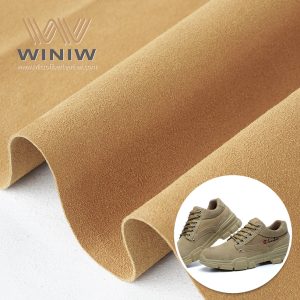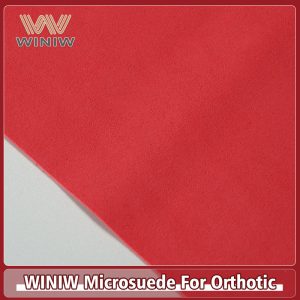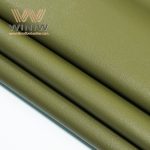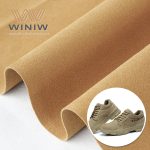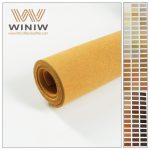Winter footwear faces brutal tests: sub-zero temps, slushy streets, and icy paths. But advancements in frost-resistant materials are turning boots into high-tech shields against the cold. Let uncover how innovation is keeping feet warm, dry, and stable—without sacrificing sustainability.
1. Breakthroughs in Sub-Zero Insulation
Traditional wool and synthetic fills are being replaced by smarter solutions:
- Aerogel-Lined Boots: NASA-inspired aerogel (used in The North Face Futurelight) traps heat at 1/10th the weight of Thinsulate, tested to -40°F in Arctic expeditions.
- Phase-Change Fabrics: Outlast® technology (featured in Columbia Omni-Heat) absorbs excess heat when active and releases it when idle, balancing warmth without sweat buildup.
- Heated Graphene Layers: Brands like Therm-IC embed graphene-coated insoles that reach 104°F in 30 seconds via USB charging, lasting 8+ hours.
2. Ice-Proof Outsoles: Traction Meets Sustainability
Slippery surfaces cause 1.2 million winter injuries annually. New outsoles fight back:
- Microspike Recycled Rubber: Vibram Arctic Grip uses 30% recycled rubber with glass fibers that grip ice 50% better than standard treads.
- Biodegradable Studs: Icebug plant-based polyurethane soles feature removable, rust-free steel studs for eco-conscious hikers.
- 3D-Printed Ice Channels: Salomon ClimaGrip outsoles laser-etch grooves that redirect slush, reducing hydroplaning risks.
3. Waterproofing Without PFAS
Harmful “forever chemicals” (PFAS) in waterproof coatings are being phased out. Alternatives include:
- Bio-Based Membranes: Nat-2 mushroom-derived mycelium layers block water while biodegrading in 90 days post-use.
- Wax-Infused Knits: Allbirds’ Wool Dashers use merino wool treated with non-toxic lanolin wax, repelling snowmelt for 10+ miles.
- Recycled PET Liners: Timberland ReBOTL fabric lines boots with 100% recycled plastic bottles, achieving 24-hour waterproofing.
4. Cold-Adaptive Comfort Features
- Self-Tightening Lacing: Puma AutoAdapt laces auto-adjust in real time as feet swell in the cold, preventing numbness.
- Odor-Free Thermal Liners: Merrell M-Select FRESH blends copper-infused foam with heat-reflective foil to kill bacteria and retain warmth.
- Collapsible Insulation: Arc’teryx Coreloft Compact synthetic down compresses into boots for portability but expands to 3x thickness in use.
5. Challenges: Balancing Warmth, Weight, and Eco-Impact
- Battery Dependency: Heated insoles require frequent charging. Solar-augmented uppers (in development by Therm-IC) aim to extend runtime.
- Cost Barriers: Aerogel boots cost $300+; brands like Decathlon are scaling production to halve prices by 2026.
- Recycling Complexity: Multi-material boots are tough to dismantle. Salomon Index.02 program grinds entire shoes into pellets for reuse.
Why This Matters
Frost-resistant materials aren’t just about surviving winter—they’re about thriving in it. Whether you’re shoveling snow, hiking glaciers, or commuting in a polar vortex, these innovations ensure your feet stay warm, dry, and eco-consciously equipped.


